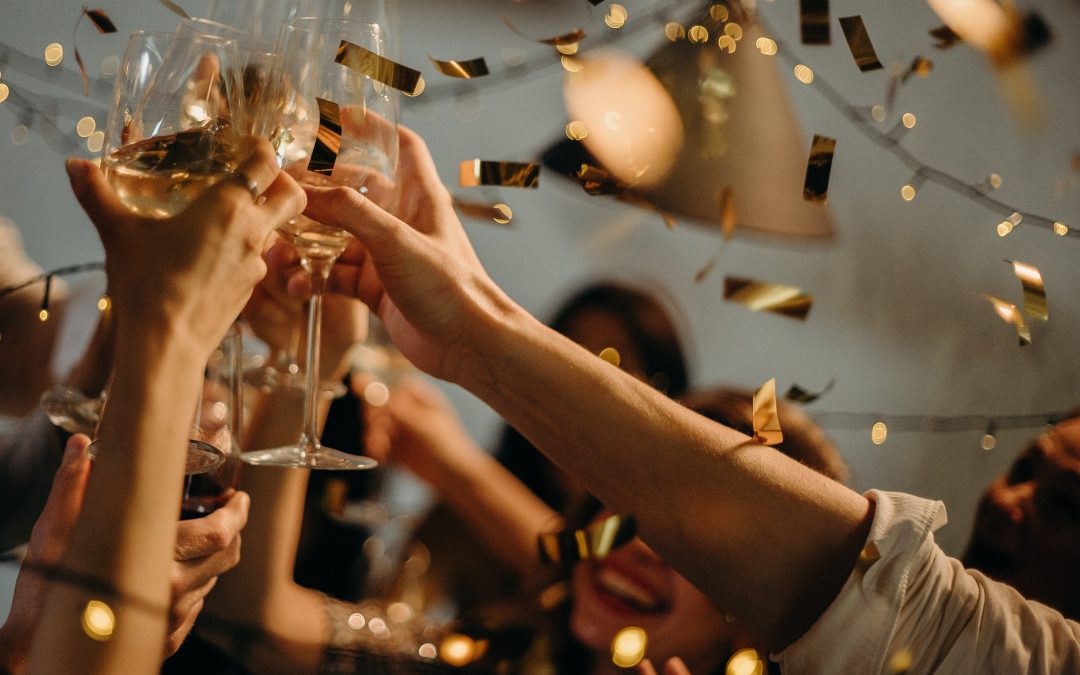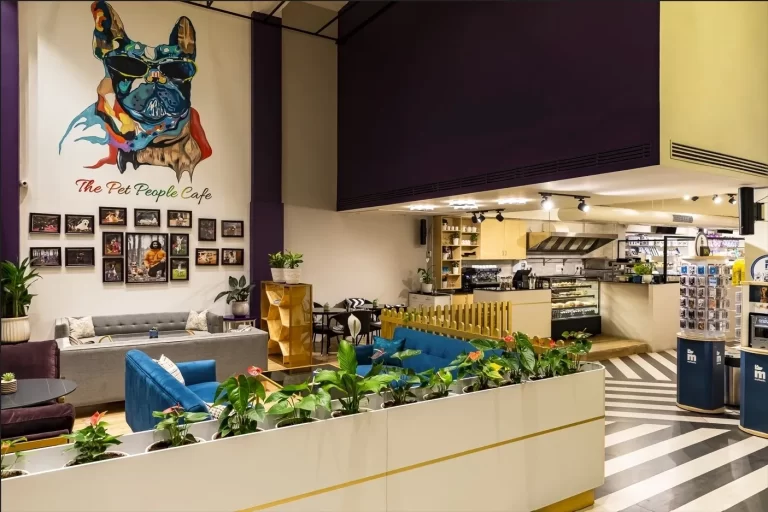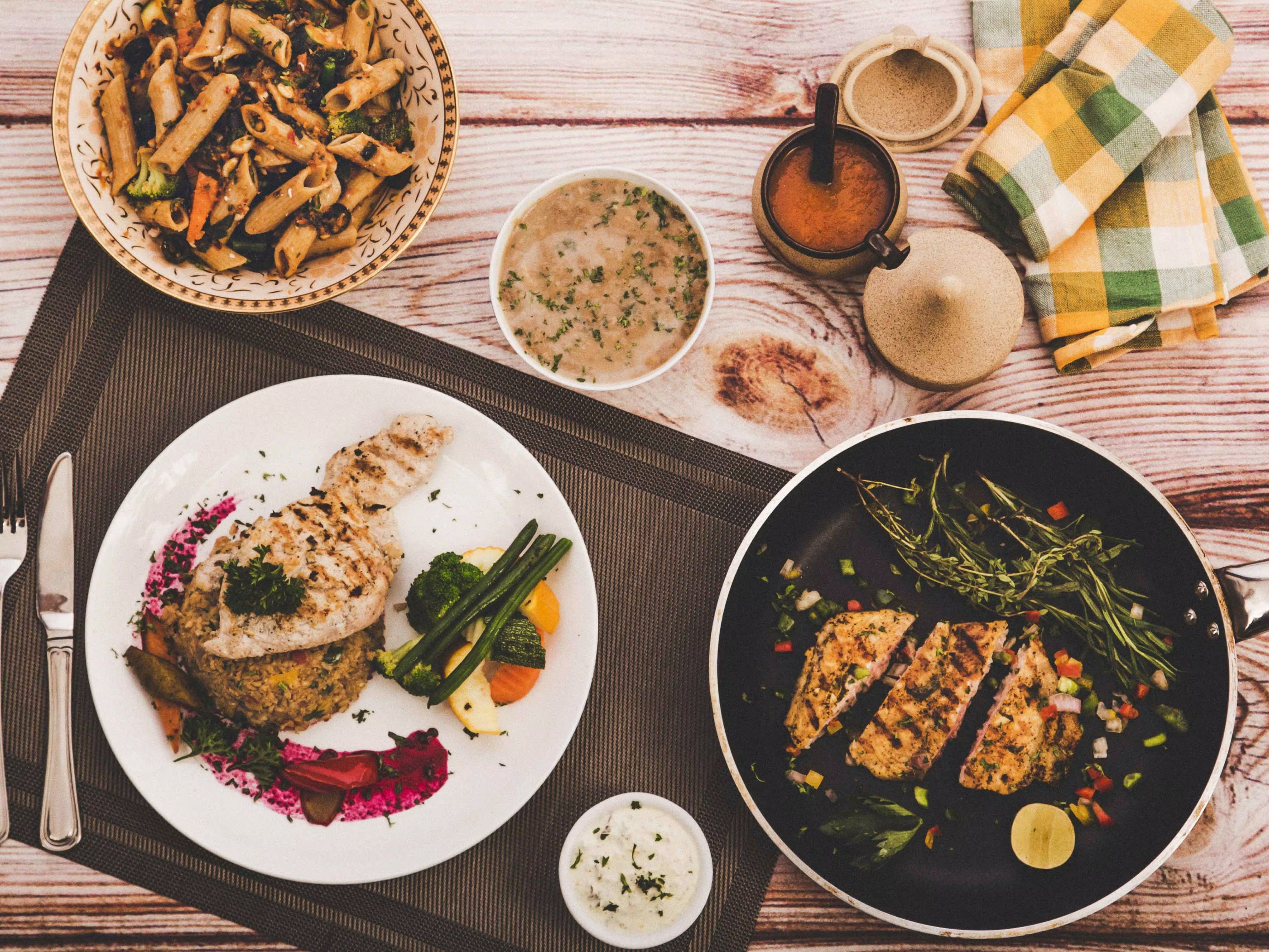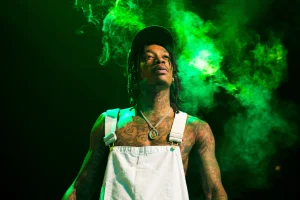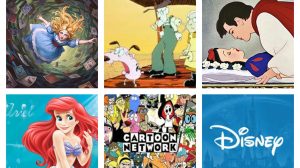The weekend has come and gone, and you may have spent time with your loved ones. After a tiring week, you may have felt the need to relax and recharge, perhaps by sharing a toast with someone. But have you ever pondered upon the significance of “cheers” or clinking glasses?
Well, toasting with a clink of glasses is a worldwide symbol of celebration and companionship. Whether it’s a special event, a casual gathering, or a New Year’s Eve party, raising a glass and saying “cheers” is a ritual that spans across cultures and borders. But what’s the origin of this tradition, and why do we clink glasses?
Let’s delve into the intriguing world of toasting—from the origins of the word “cheers” to its expressions in different languages—and uncover the various reasons behind this beloved custom.
The Word “Cheers” and Its Origin
The term “cheers” has historical roots dating back centuries. It originated from the Old French word “chiere,” which referred to “face” or “head.”
Over time, “chiere” evolved into “chere” in Middle English, meaning “mood” or “expression.” By the 18th century, “cheers” was commonly used to convey encouragement, goodwill, or happiness.
In the context of drinking, “cheers” became a way to wish others good health and prosperity. The word encapsulates the spirit of joy and unity that accompanies raising a glass among friends and family.
Cheers in Different Languages
While “cheers” is widely recognized in English-speaking countries, many cultures have their own unique toasting customs. Here are a few examples:
- French: “Santé!” (Health!)
- German: “Prost!” (Cheers!)
- Spanish: “¡Salud!” (Health!)
- Italian: “Cin cin!” (An imitation of the clinking sound)
- Japanese: “Kanpai!” (Dry cup!)
- Greek: “Yamas!” (To our health!)
- Russian: “Na zdorovie!” (To health!)
- Chinese: “Ganbei!” (Dry cup!)
- Swedish: “Skål!” (Cheers!)
- Thai: “Chok dee!” (Good luck!)
These expressions highlight how toasting brings people together across the globe, emphasizing well-being and shared happiness.
Why Do We Clink Our Glasses When We Drink?
The tradition of clinking glasses comes with several interesting theories and legends. Here are some of the most popular explanations:
1. The Sound of Celebration
One theory suggests that clinking glasses add an auditory element to the act of drinking. By engaging our sense of hearing alongside taste, smell, sight, and touch, clinking enhances the festive atmosphere.
2. Gesture of Trust

During medieval times, when poisoning was a genuine concern at social gatherings, clinking glasses became a way to demonstrate trust. By clinking hard enough to spill a bit of each drink into the other, people showed that their drinks were safe to consume.
3. Warding Off Evil Spirits
In various cultures, the sound of clinking glasses was believed to scare away evil spirits. This belief stemmed from the idea that the noise would protect drinkers from harm, allowing them to enjoy their beverages in peace.
4. Symbol of Unity

Clinking glasses symbolize unity and togetherness. Bringing glasses together signifies the bond between individuals and their shared experience. It serves as a gesture to acknowledge the connection and friendship among those present.
5. Offering to the Divine
In ancient times, toasting often included a ritual offering to the gods for blessings. Clinking glasses ensured that the gods heard the toast and bestowed their favor upon the participants.
Raising a glass and saying “cheers” is more than a simple gesture—it’s a tradition steeped in history, culture, and significance. Whether you’re wishing for good health, celebrating an achievement, or enjoying the company of loved ones, clinking glasses add a special touch to the occasion.
So next time you toast, take a moment to appreciate this timeless practice that continues to unite people in joy and celebration. Cheers!

